In pandemic, Lavani dancers are reclaiming the performing art form
In India, there is no dearth of talent or culture. A country this diverse has several performing art forms and platforms -- most of which have traditional roots. Among them is the dance form 'Lavani', which is quite popular in -- and native to -- the state of Maharashtra
January 6, 2021 16:00 IST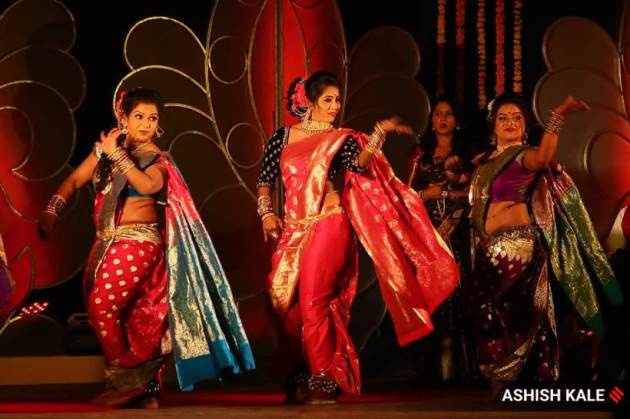 1 / 10
1 / 10In India, there is no dearth of talent or culture. A country this diverse has several performing art forms and platforms -- most of which have traditional roots. Among them is the dance form 'Lavani', which is quite popular in -- and native to -- the state of Maharashtra. In this photo series, we learn more about it: its essence, popularity, and of course, history. (Express Photo by Ashish Kale)
 2 / 10
2 / 10Just like many other things, the art and culture scene in the country also took a hit last year when the COVID-induced lockdown was announced. But in 2021, after waiting for months, several Lavani artistes got a chance to perform at the Balgandharva Rang Mandir in Pune on January 2. Before the performance, a dancer was photographed putting the final touches of makeup. (Express Photo by Ashish Kale)
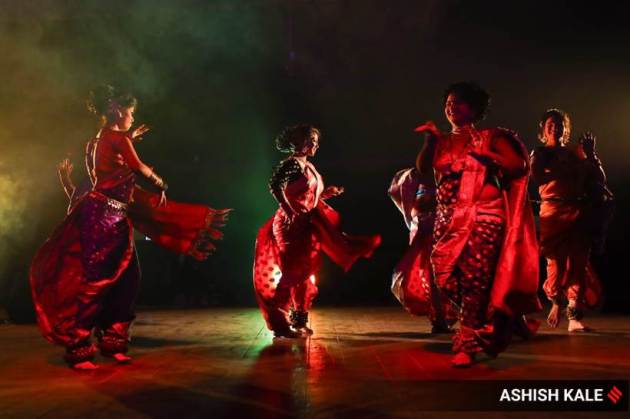 3 / 10
3 / 10Typically, the dance form is a combination of music and dance, performed to the beats of dholki, a percussion instrument. The dance is celebrated for its beat and rhythm. Female dancers wear nine-yard long sarees for the performance. (Express Photo by Ashish Kale)
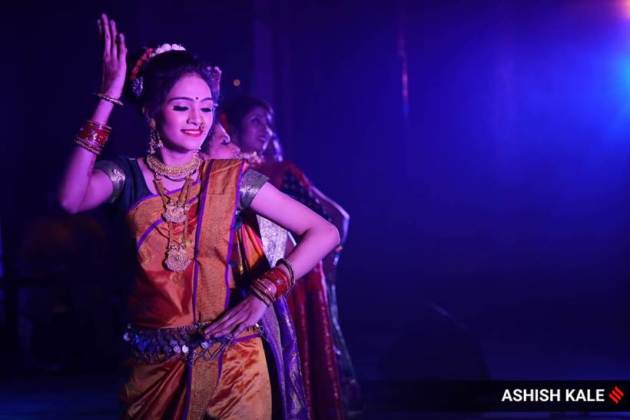 4 / 10
4 / 10Besides Maharashtra, traces of this dance form are also seen in some parts of the neighbouring state of Madhya Pradesh. It is said that the word 'Lavani' comes 'lavanya', which means 'beauty'. (Express Photo by Ashish Kale)
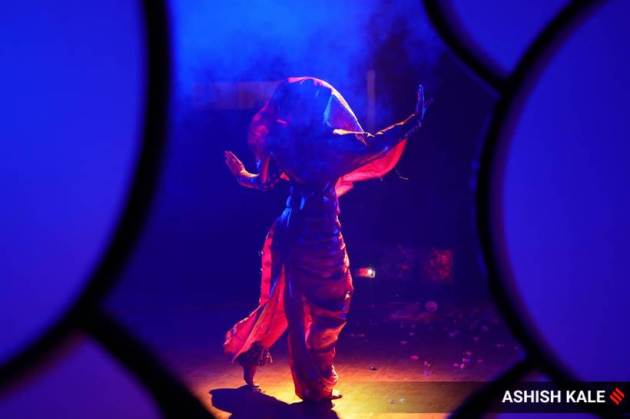 5 / 10
5 / 10This folk dance form sometimes assumes an erotic sentiment, and makes a commentary on the socio-political state of affairs. It is believed that it dates back to the 16th century, and has its origin in the Kathak dance form. (Express Photo by Ashish Kale)
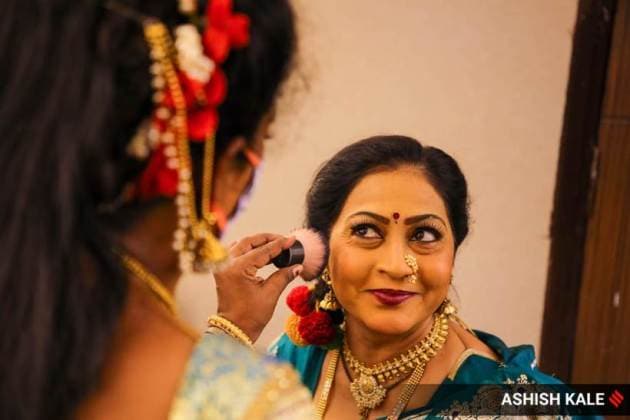 6 / 10
6 / 10And while the dance form employs all nine rasas, sringar (beauty/dressing-up), virah (absence) and anand (joy) emerged as the more common expressions and themes some time in the 18th century, with erotica at its core. (Express Photo by Ashish Kale)
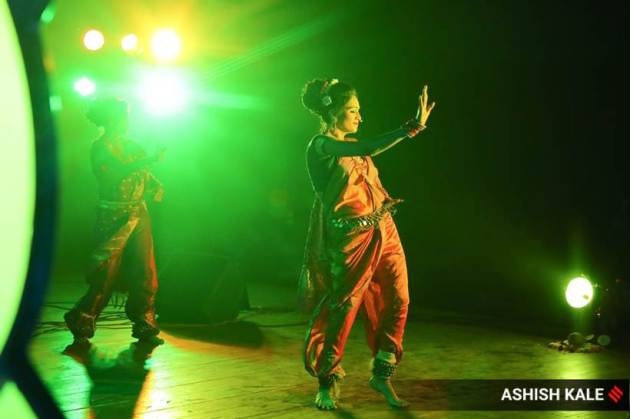 7 / 10
7 / 10Today, the performances are punctuated with a lot of hooting, whistling and winking, mostly from the male members of the audience. The dancers, receptive of all of it, are mindful of their form and grace throughout their high-tempo performance. (Express Photo by Ashish Kale)
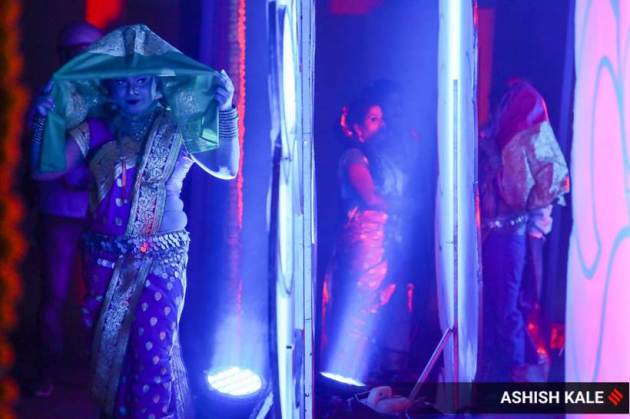 8 / 10
8 / 10A dancer patiently waits for her turn backstage in Pune's Balgandharva Rang Mandir. (Express Photo by Ashish Kale)
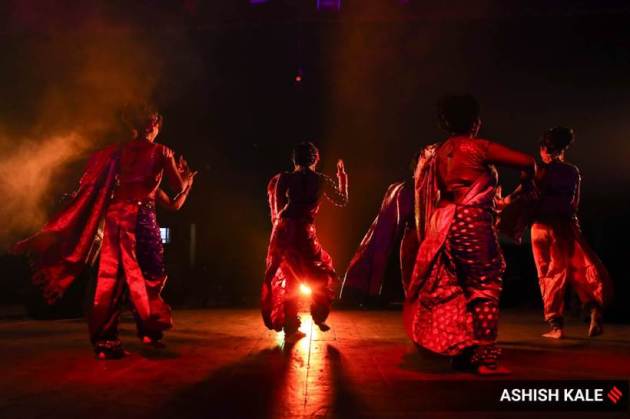 9 / 10
9 / 10Besides the long saree, performers mostly wear their hair in a high bun, put on heavy jewellery -- necklace, earrings, ghungroo, kamar-patta (a waist accessory), bangles, etc. Large, dark bindis are also part of the costume. The sari is called the 'nauvari'. (Express Photo by Ashish Kale)
 10 / 10
10 / 10Needless to say, it is one of the most graceful dance forms in the country which, when performed, makes the dancer look deific. (Express Photo by Ashish Kale)











